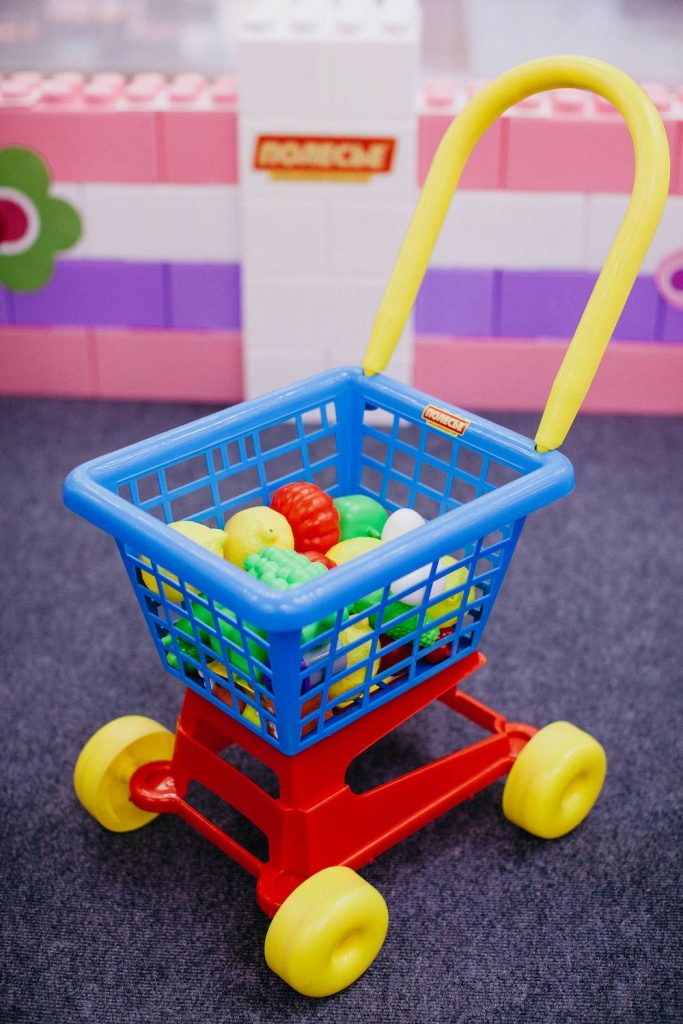As early as 1835, polyvinyl chloride was discovered by V. Lenio of the United States. When sunlight was used to irradiate vinyl chloride, it formed a white solid, namely polyvinyl chloride.
PVC was discovered twice in the 19th century, once in 1835 by Henri Victor Regnault and the other in 1872 by Eugen Baumann. On both occasions, the polymer appeared in the beaker of vinyl chloride placed in the sunlight and became a white solid. At the beginning of the 20th century, Russian chemist Ivan Ostromislensky and German chemist Fritz Klatte of Griesheim Elektron Company tried to use PVC for commercial purposes at the same time, but the difficulty was how to process this hard, sometimes brittle polymer.
In 1912, Fritz Klatte, a German, synthesized PVC and applied for a patent in Germany, but failed to develop a suitable product before the patent expired.
In 1926, Waldo Semon of B.F. Goodrich Company in the United States synthesized PVC and applied for a patent in the United States. Waldo Semon and B.F. Goodrich Company developed a method of plasticizing PVC by adding various additives in 1926, which made it more flexible and easy to process and quickly gained wide commercial application.
In 1914, it was found that the polymerization of vinyl chloride could be accelerated by using organic peroxides. In 1931, the German company adopted lotion polymerization to realize the industrial production of PVC. In 1933, W. L. Simon proposed to use high boiling point solvent and trimethyl phosphate to heat PVC and mix them to produce soft PVC products, which made a real breakthrough in the practical application of PVC. In 1936, the suspension polymerization of vinyl chloride and the processing and application of PVC were almost simultaneously developed by British Burnemn Chemical Industry Company, American Union Carbide Company and Gutrich Chemical Company. In order to simplify the production process and reduce energy consumption, Saint Gobain Company of France developed the bulk polymerization method in 1956. In 1983, the world’s total consumption was about 11.1 Mt, and the total production capacity was about 17.6 Mt; It is the second largest plastic variety after polyethylene, accounting for about 15% of the total plastic output. The PVC production plant designed by China was put into trial production in Liaoning Jinxi Chemical Plant in 1956. In 1958, the 3kt plant was formally industrialized, with an output of 530.9kt in 1984.
PVC was industrialized in the early 1930s. Since the 1930s, for a long time, the output of PVC has been ranking first in the world plastic consumption. In the late 1960s, polyethylene replaced PVC. Although PVC plastics now take the second place, its output still accounts for more than a quarter of the total plastic output.
Before the 1960s, the production of vinyl chloride monomer was mainly calcium carbide acetylene. Because calcium carbide production required a lot of power and coke, the cost was high. In the early 1960s, after the industrialization of ethylene oxychlorination to produce vinyl chloride, countries turned to cheaper oil as raw material. In addition, because a large proportion of PVC raw materials (about 57% by weight) are chlorine gas, which is an inevitable by-product of the soda industry, it is not only rich in raw materials, but also one of the important products for developing the chlor alkali industry and balancing chlorine gas. Therefore, although the proportion of PVC in plastics has declined, it still maintains a high growth rate.
PVC plastic products are widely used, but in the mid-1970s, people realized that the residual monomer vinyl chloride (VCM) in PVC resin and products is a serious carcinogen, which will undoubtedly affect the development of PVC to a certain extent. However, people have successfully reduced the residual VCM through automobile and other means, so that the VCM content in PVC resin is less than 10ppm, meeting the requirements of sanitary grade resin, and expanding the application scope of PVC. It can even make the VCM content in the resin less than 5ppm, and the residual VCM after processing is very little. It is basically harmless to human body and can be used as food and drug packaging and children’s toys.
According to polymerization methods, PVC can be divided into four categories: suspension PVC, lotion PVC, bulk PVC and solution PVC. Suspension PVC is the largest variety, accounting for about 80% of the total output of PVC. Suspension PVC is divided into six types according to the absolute viscosity: XS-1, XS-2… XS-6; XJ-1、XJ-2……、XJ-6。 The meaning of each letter in the model: X-suspension method; S-loose type; J-Tight type.
According to the amount of plasticizer content, PVC plastic olefin plastics are often divided into: non plasticized PVC, plasticizer content is 0; Rigid PVC with plasticizer content less than 10%; Semi rigid PVC with plasticizer content of 10-30%; Soft PVC with plasticizer content of 30-70%; PVC paste plastic with more than 80% plasticizer.
